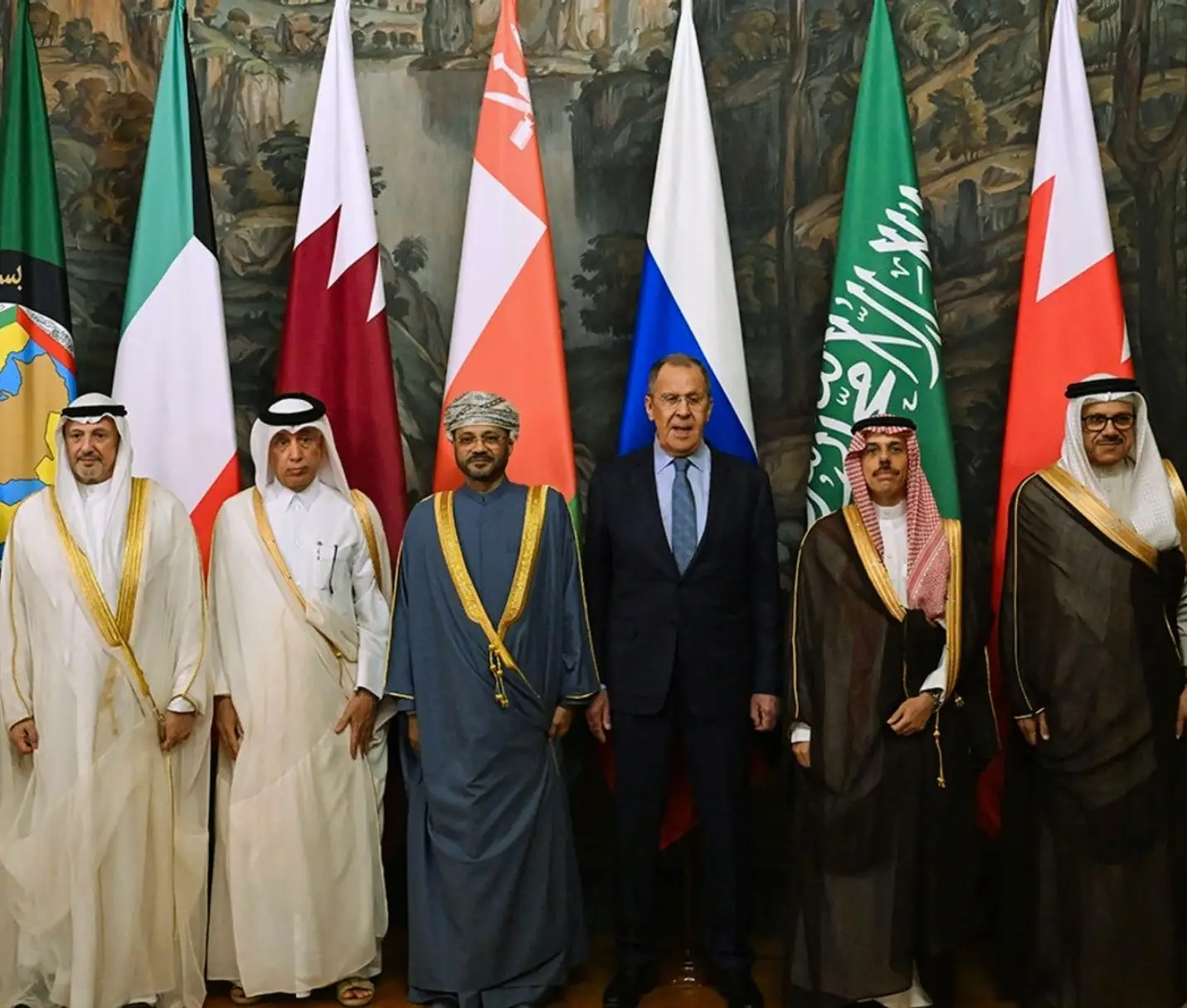In the corridors of power from Washington to Beijing, a silent yet seismic battle is reshaping the global order. This isn’t a conflict fought with missiles or tanks, but with microchips, patents, and artificial intelligence. The so-called “Tech Cold War” between the United States and China is more than a competition for dominance in emerging technologies—it is a contest over the very architecture of the global economy and the rules that govern it.
A New Era of Strategic Competition
The rivalry intensified during the Trump administration with export controls on Chinese tech giant Huawei and the blacklisting of several other Chinese firms. The Biden administration has largely continued this stance, expanding restrictions to include advanced semiconductors and AI technologies. These moves aim to curtail China’s access to cutting-edge tools that could strengthen its military capabilities and surveillance apparatus.
“We must ensure that emerging technologies do not fall into the hands of authoritarian regimes,” said U.S. Commerce Secretary Gina Raimondo in a 2023 policy speech.
In response, China has accelerated its efforts toward technological self-sufficiency through massive state investments in domestic innovation and its “Made in China 2025” initiative. From quantum computing to green energy, Beijing is determined to reduce its reliance on Western tech.
Global Ramifications
This decoupling has reverberated across global supply chains. U.S. allies such as Japan, the Netherlands, and South Korea have faced pressure to align with Washington’s export controls. Meanwhile, countries in Southeast Asia, Africa, and Latin America are caught in a balancing act, seeking to benefit from both powers while avoiding geopolitical entanglements.
The semiconductor sector, in particular, has become a geopolitical flashpoint. Taiwan, home to TSMC—the world’s leading chipmaker—sits at the heart of this conflict. Any disruption there could cripple everything from smartphones to military hardware.
Innovation or Isolation?
While both nations are pouring billions into R&D, the Cold War framing risks stifling the spirit of global collaboration that has long driven tech innovation. Academic exchanges, joint research, and open-source contributions are under increasing scrutiny.
Yet, the stakes are undeniably high. AI ethics, 5G infrastructure, and cybersecurity standards are being shaped not in cooperative forums but in silos, driven by national interests.
The Road Ahead
Whether this rivalry leads to a fragmented tech ecosystem or spurs parallel breakthroughs remains to be seen. What is clear is that the outcome of this contest will shape not only the future of innovation but also the values embedded in our digital world.
As the world watches this high-stakes duel unfold, the question isn’t just who will win the Tech Cold War, but what kind of technological future we are all building.






